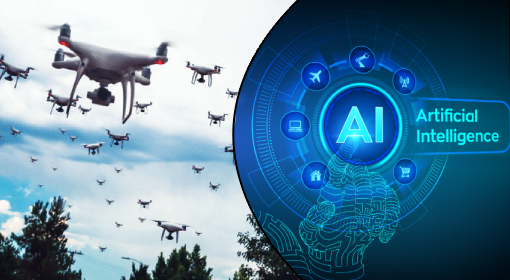Implementing a Phishing Simulation Program as Part of Your Security Awareness Strategy
Category : Cyber Security
Phishing attacks are a common and highly effective way for cybercriminals to trick individuals into revealing sensitive information. These attacks can be particularly damaging to companies and organizations, as they can result in the theft of login credentials, financial information, and other sensitive data. In order to protect against phishing attacks, it is important for companies and organizations to implement a security awareness program that educates employees about the risks of phishing and how to identify and report suspicious messages.
One effective way to do this is through the use of phishing simulations. These simulated attacks allow organizations to test the effectiveness of their security awareness training and identify areas for improvement. Here are the steps for implementing a phishing simulation program:
- Choose a phishing simulation tool: There are a number of free and paid tools available for conducting simulated phishing attacks. Some examples include PhishMe, GoPhish, and Phishing Frenzy. Choose a tool that meets your organization’s needs and budget.
- Develop a plan: Determine the goals of your phishing simulation program and how it will fit into your overall security awareness strategy. This should include how often simulations will be conducted, who will be targeted, and what types of phishing attacks will be simulated.
- Create the simulated phishing attacks: Use your chosen tool to create customized phishing campaigns that mimic real-world attacks. This may include crafting fake emails or text messages that appear to be from legitimate sources and include links or attachments that are designed to trick recipients into revealing sensitive information.
- Conduct the simulations: Send the simulated phishing attacks to the targeted employees and track their responses. This will allow you to see how effective your security awareness training has been and identify areas for improvement.
- Analyze the results: Use the results of the simulations to evaluate the effectiveness of your security awareness training and identify areas for improvement. This may include providing additional training to employees who are particularly susceptible to phishing attacks, or adjusting your training program to better meet the needs of your organization.
There are a number of free phishing frameworks that organizations can use to conduct simulated phishing attacks and measure the effectiveness of their security awareness program. Some examples include:
- SniperPhish: An open-source phishing tool that allows users to create and send customized phishing campaigns. Can be used for educational purposes, such as testing the effectiveness of security awareness training or demonstrating the risks of phishing to employees. One of the key features of Sniperphish is its ability to generate tracker code for phishing websites and track data from both the phishing website and mail campaign in a single dashboard.
- GoPhish: Another open-source phishing framework that allows organizations to create and send customized phishing campaigns. Provides the ability to track the results of campaigns and includes a training module to educate employees about how to spot phishing attacks.
- PhishMe: A tool that allows organizations to send simulated phishing emails to employees and track their responses. Provides training resources and analytics to help organizations improve their security awareness. Can be used to test the effectiveness of security awareness training and identify areas for improvement.
By conducting phishing simulations on a regular basis, organizations can significantly enhance their defenses against actual phishing attacks and safeguard against potential harm.


Recent Comments